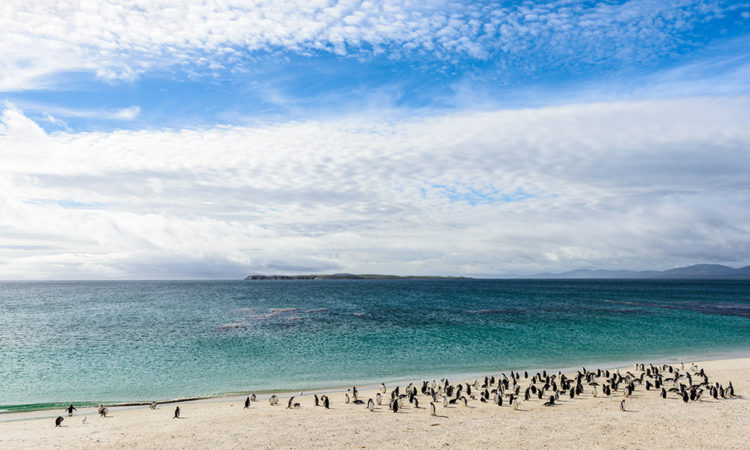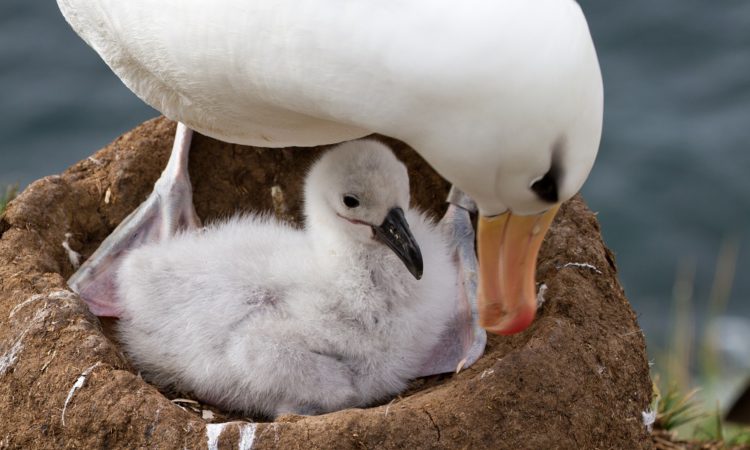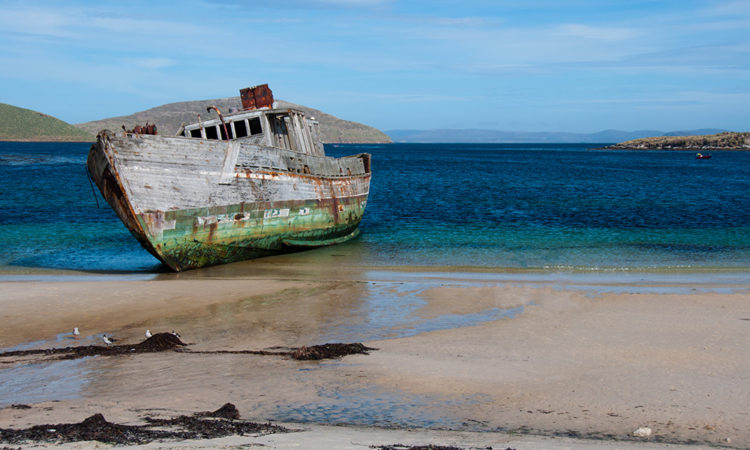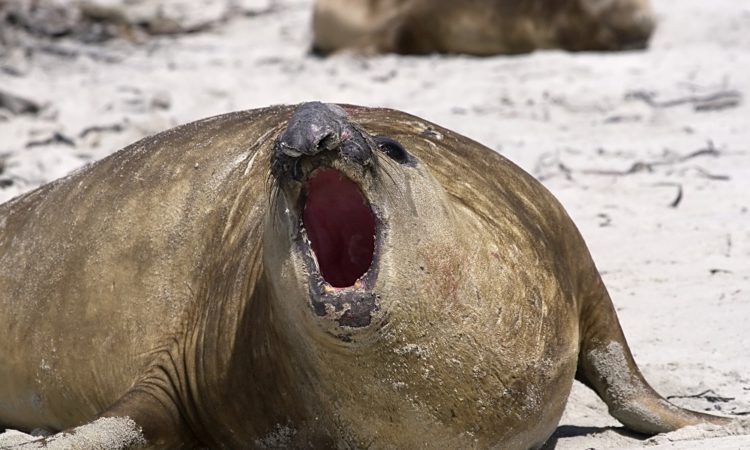Falkland Islands (Malvinas)
The Falkland Islands are a remote windswept archipelago in the South Atlantic that lies 480 km east of Tierra del Fuego. Together they are half the size of Wales and have an impressive amount of wildlife, and often feature on expedition cruise ships itineraries. This southern outpost is distinctly British in character. The capital Stanley’s pubs, red phone boxes and pretty Victorian terraced houses feel more like a Scottish island. The islanders are a friendly bunch, providing comfortable guesthouses, home-cooked food and tales of the Falklands past.
Most of the population live in Stanley, where visitors can spend a day exploring the town and its monuments, visit the museum and see the church with a whalebone arch. Sheep farming is the primary way of life for those living outside Stanley. Light aircraft is the only way to reach the more remote places. The waters around the archipelago have become the final resting place for many vessels like The Lady Elizabeth or the Isambard Kingdom Brunel’s iron-hulled SS Great Britain (although this was salvaged and brought back to the UK in the 70’s).
The two largest islands are separated by the Falkland Sounds and surrounded by hundreds of smaller islets. The slightly tricky logistics of reaching the Falkland Islands mean they are best combined with an expedition to the Antarctic. There is a huge variety of flora and fauna here – more than 160 native flowering plants grow on the island, fourteen of which are endemic. The greatest concentration of wildlife here are the birds – over two hundred species have been recorded. Huge colonies of imperial shags, waterfowl and waders can be found at Pebble Beach, Megellanic and Gentoo penguins are the highlights of Carcass Island, while black-browed albatross nest in the tussock grass on West Point and Saunders Islands. Volunteer Point has the most accessible king penguin colony in the World.
Elephant seals, sea lions and fur seals congregate in their hundreds and nosily bark on the deserted beaches ignoring nearby waddling penguins. Observing these playful creatures are the highlights for most. Orcas, whales and dolphins can often we seen in the rich waters and bays. Gypsy Cove is an excellent spot for viewing hawks, black-crowned night herons and oyster catchers.
There are plenty of activities on offer, most with an emphasis on wildlife. Anglers can pursue trout fishing in privacy along the remote rivers where seriously large fish can be caught. Hikes and boat trips around the eastern and western islands reveal plenty of birds and mammals, while guided tours provide an insight into the fascinating human and maritime history.
Featured members
Tourist Boards
Essentials
| Capital: | Stanley |
| Size: | 12,173 km² |
| Population: | 2,932 |
| Currency: | Falkland Islands Pound (£FKP), but sterling also legally accepted |
| Language: | English |
| Visas: | Not required by UK nationals. |
Good to know

The cuisine of the islands is generally British home-cooked and traditional meals like ‘fish’n chips’ or a variety of lamb and mutton dishes. When visiting Stanley, there are some restaurants and British-styled pubs, while food in the “camp” (anywhere outside of Stanley) is usually home-grown and home cooked. Afternoon tea and cakes is known as a ’Smoko’ which came from a naval term; Diddle Dee Berry jam is a local specialty.
Tea is very popular, all alcohol is imported, mainly canned or bottled.

The Falklands have a climate comparable to the UK: cool and oceanic with persistent winds. October to April is the best time to visit, when the weather is settled, and migratory birds and mammals return to beaches and headlands. Outside these months it can get very chilly and the dark creeps in very early. The average temperature in summer (Jan/Feb) is 15°C.













